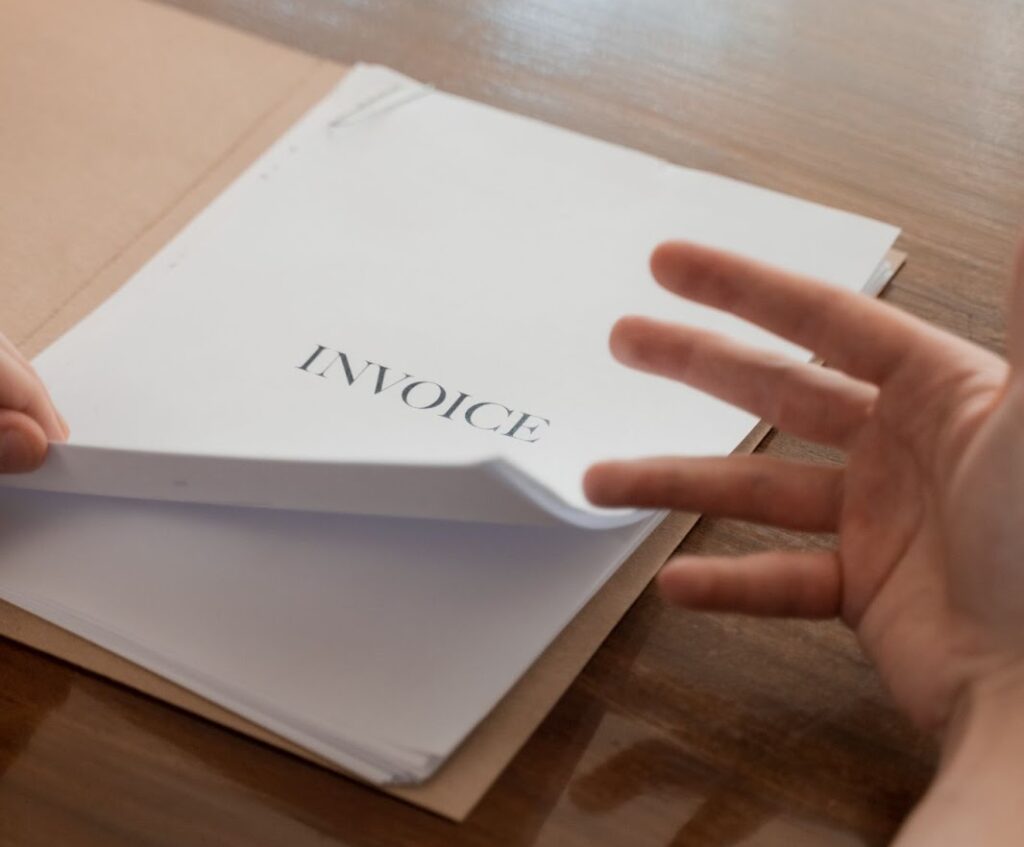Proforma Invoice: Format, Benefits, and Drawbacks

Navigating the world of invoicing can be daunting as it is full of terminology and practices. The proforma invoice is an essential document every business needs to understand.
This informational guide outlines a proforma invoice format, its benefits, and potential drawbacks. Whether you’re a business owner, a committed buyer, or someone curious about invoicing, we’ve created this information about proforma invoices for you.
The shipping industry also relies on the significant differences between proforma and commercial invoices.
Proforma: An Industry Standard Invoice
The proforma invoice, often shortened to “proforma,” has roots in international trade and commerce. The term “proforma” comes from Latin, translating to “for the sake of form” or “as a matter of form.” This defines the invoice’s primary purpose: to provide a good faith estimate or preliminary bill before finalizing the sales or tax invoice.
Historically, proforma invoices emerged as a standard in international shipments and commercial invoices and a precursor to the final invoice. It acted as a quasi-contractual agreement between the seller and buyer outlining costs and delivery dates. It wasn’t necessarily an official document demanding payment but a formal proposal outlining a commercial invoice, but a proforma invoice streamlines the order process.
Proforma Format
A proforma invoice is a step-by-step process linked to proforma invoice templates available in most invoicing software. When drafting a proforma invoice, include essential data like the company name, contact details, invoice number, address date, description of the goods or services rendered, shipping information, applicable taxes, expected delivery date, and total cost.
Imagine you’re a business owner dealing in international imports. Before finalizing a deal with a supplier overseas, you might request a proforma invoice to get an idea of the transaction details. This would include a description, delivery, and shipping costs. This invoice, also used for customs purposes, demonstrates the parties agree on the terms.
Once the customer receives the goods and agrees to the terms outlined in the proforma, they issue a commercial invoice or a final sales invoice. This official proforma invoice serves accounting purposes and becomes a legally binding agreement, indicating the customer’s accounts payable.
Example for utilizing a final proforma invoice:
- Before sending a final sales or tax invoice for preliminary costs.
- As a binding document (although not legally binding) for both parties on the financial value and other key details.
- During international trade, customs require a bill of sale to accompany the goods.
How to Create a ProForma Invoice
When creating a proforma invoice, the details should clearly show the expected transaction. Here’s a quick review of the details a typical proforma invoice includes:
- Company Name: The name of the business or individual providing the goods or services.
- Contact Details: Phone numbers, email addresses, and physical addresses.
- Invoice Number: A unique identifier for the invoice is crucial for tracking and accounting purposes.
- Address Date: The date of the invoice draft.
- Description of Goods or Services Rendered: Detailed information about what is being sold or provided.
- Shipping Information: Any relevant details about how the goods will be delivered, including expected delivery dates and applicable shipping costs.
- Applicable Taxes: Taxes or tariffs that might apply to the transaction.
- Total Cost: An estimate of the total financial value of the transaction.
- Expected Delivery Date: A projection of when the goods or services will be delivered or rendered.
- Payment Terms: Descriptions of how and when the buyer is expected to remit payment.
Proforma vs. Commercial Invoices and Other Types

In the vast world of invoicing, understanding the differences between various types of invoices is crucial. Proforma invoices and commercial invoices are two documents often used in international trade. While they may seem similar initially, they serve distinct roles and purposes in a transaction.
A proforma invoice is a preliminary invoice sent to buyers before a sale is finalized, offering an estimate of goods or services and the total cost. A commercial invoice is an official document accompanying shipped goods, representing a legally binding agreement and request for payment between the buyer and seller.
To learn more, see our article on Proforma vs. Commercial Invoices.
Benefits of Using a Proforma Invoice in the Sales Process
Incorporating proforma invoices into the sales process offers distinct advantages. A clear communication tool that the seller and buyer have the same expectations regarding costs, goods, services, and delivery timeline. This preliminary bill facilitates smoother negotiations and can act as a binding agreement of good faith, even if it’s not legally binding.
A proforma invoice is significant for international trade and customs clearance purposes. They allow businesses to provide essential details about a transaction without committing to the final details. This adaptability can build trust and understanding between trading partners, creating a transparent and efficient sales process.
Are Proformas Legally Binding Documents?

In business transactions, the distinction between an official invoice and a proforma invoice is crucial. Many often wonder: Is a proforma invoice legally binding?
The straightforward answer is no. A proforma is a preliminary invoice that provides a detailed proposal of any charges if the sale goes through. It outlines the seller’s intention to deliver goods or services for a specific price and is a negotiating tool when finalizing details.
However, it’s essential to differentiate between “intention” and “obligation.” While proforma invoices lay out the terms and the expected costs, they don’t compel a customer to make a payment, nor do they bind a business owner to the terms outlined. Unlike a sales or tax invoice, which serves as an official request for payment, a commercial invoice has legal context. A proforma invoice is an estimate or proposal.
That said, it is recommended that both parties are on the same page and clearly understand what the proforma invoice entails. While it may not be a legally binding agreement in and of itself, it can form part of broader contractual negotiations.
Disadvantages of Proforma Invoices
While proforma invoices offer a range of benefits in the preliminary stages of a transaction, there are also some potential pitfalls for businesses:
- Potential for Misunderstanding: Given that proforma invoices are not final sales invoices, there’s a risk that the customer might mistake them for the final bill. This can lead to confusion regarding the payment.
- Absence of Legal Weight: These are not legally binding documents, so businesses cannot enforce payment based solely on a proforma invoice. If a committed buyer changes their mind, the seller has limited recourse to request payment.
- Possible Changes in Final Cost: The amount presented on the proforma invoice might differ from the final sales invoice due to unforeseen costs, shipping costs, or applicable taxes. This could lead to disagreements between the buyer and seller.
- Complexity in Financial Tracking: Using proforma invoices can complicate a company’s accounts payable and accounts receivable tracking if handled incorrectly. Proper invoicing software and systems help differentiate between proforma and official sales invoices.
- Misinterpretation in International Transactions: For international imports and trade, misunderstandings can arise due to differences in terminology or business practices between countries.
In conclusion, while proforma invoices play a significant role in business transactions, it’s essential to understand their purpose and limitations. Proper communication, clear documentation, and awareness of potential challenges can mitigate most of the drawbacks associated with their use.
FAQs
Navigating the intricacies of business documentation? Here are frequently asked questions to clarify the role and features of proforma invoices.
What is the difference between an invoice and a proforma invoice?
A final invoice demands payment for goods/services, while a proforma invoice provides a preliminary estimate without any payment obligation.
What is the benefit of a proforma invoice?
A proforma invoice offers an advanced view of expected costs, facilitating smoother negotiations and clearer transaction expectations, and is not an official invoice.
Proforma Invoice Defined Summary
A proforma invoice is a preliminary bill in the sales process outlining the expected costs for goods or services before finalizing details. A formal invoice is an integral part of the shipping industry. Unlike official sales invoices, a proforma invoice isn’t legally binding but provides a foundation for transaction negotiations and clarity in international trade.

